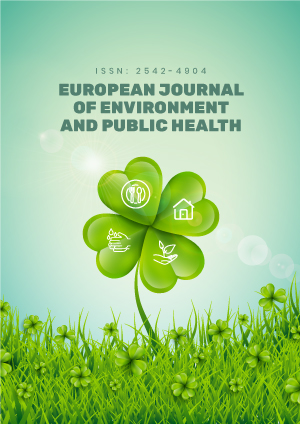Abstract
In view of the current situation regarding the COVID-19 disease, recently, published studies have proved the higher aerosol and surface stability of COVID-19. This virus, can survive long time on wastewater and aerosol. Therefore, its transmission via contaminated waste surfaces and airborne transmission through aerosols can occur besides close-distance contacts. This article discusses the potential presence of the COVID-19 pandemic on aerosol, wastewater and sewage sludge. This article highlights the need for health protection, which should be considered to curb the rapid spread of COVID‐19. An eventual development of new specific techniques would be of great interest for controlling the environmental dissemination of these viruses in the current and eventual future outbreaks. Finally, levels of infectious virus in poor countries like Africa could be increase, due to lack of wastewater treatment. So, it is clear that to limit the transmission of COVID-19, a high disinfection methods and sustainable international collaborative work are required. Meanwhile, further research is important to develop new strategies to limit the transmission of COVID-19 and to avoid a serious second wave of the pandemic or even third waves of COVID-19 infections.
License
This is an open access article distributed under the Creative Commons Attribution License which permits unrestricted use, distribution, and reproduction in any medium, provided the original work is properly cited.
Article Type: Review Article
EUR J ENV PUBLIC HLT, Volume 4, Issue 2, 2020, Article No: em0047
https://doi.org/10.29333/ejeph/8324
Publication date: 06 Jun 2020
Article Views: 5468
Article Downloads: 3130
Open Access References How to cite this article
 Full Text (PDF)
Full Text (PDF)